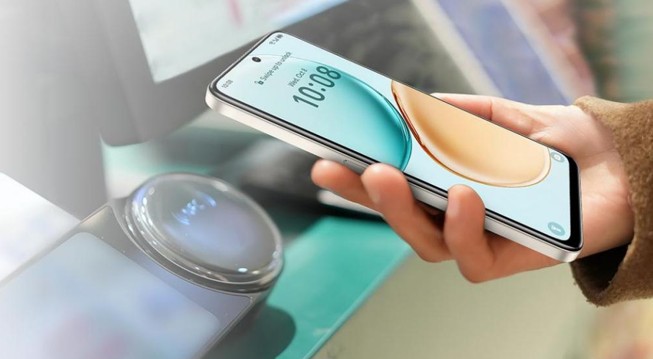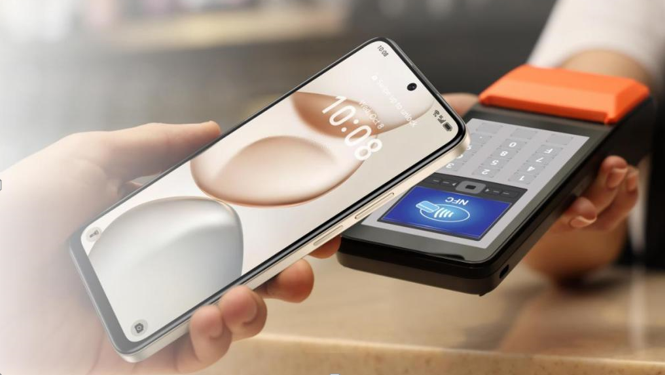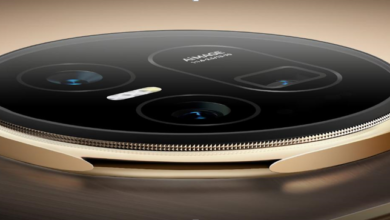NFC (Near Field Communication) and Bluetooth are both wireless technologies used for pairing devices, but they serve different purposes. NFC is known for its quick and easy connections over short distances, while Bluetooth excels in longer-range communication. With advancements in technology, users often wonder if NFC can completely replace Bluetooth in device pairing. Understanding key features such as range, speed, and security of each technology becomes essential. Analyzing real-world cases where NFC could shine and situations where Bluetooth still leads will provide insightful answers on this topic. If you’re exploring NFC-ready devices like the HONOR X7d, it’s worth seeing how these differences apply in practice.
Key Differences Between NFC and Bluetooth
NFC operates within a shorter distance of around 4 cm, while Bluetooth can pair devices up to 100 meters away. When it comes to speed, Bluetooth’s data throughput is significantly higher than NFC. Security mechanisms also differ, with NFC offering more inherent security for certain use cases, especially payments or access control.
Range & Distance
The range is a crucial factor distinguishing NFC from Bluetooth. NFC’s effective communication is limited to mere centimeters, which lends itself to tasks requiring proximity, like payment transactions. Bluetooth, in contrast, supports communication over much greater distances, up to 100 meters or more, depending on the specific version and environment. This extensive reach makes Bluetooth ideal for scenarios like connecting wireless headphones to smartphones or smart home devices across larger spaces. Therefore, while NFC’s range is sufficient for tasks that require physical proximity, Bluetooth’s long-distance capability provides versatility for broader applications.
Speed & Data Throughput
Bluetooth’s higher data throughput is a prominent advantage when considering speed. Bluetooth can handle high data rates, enabling seamless transmission for audio streaming and file transfers. NFC, although great for quick and simple exchanges, is limited to slower data rates, suitable for basic tasks like initiating connections and transmitting small amounts of data. For applications needing substantial data flow, such as streaming music or transferring large files, Bluetooth’s capabilities surpass those of NFC. NFC is designed for simplicity and speed of initiation, not for handling voluminous data efficiently, indicating this feature as a decisive factor in choosing the correct technology.
Security & Ease of Use
Security is paramount in wireless communications, and both NFC and Bluetooth have their strengths. NFC’s short range itself acts as a security measure, making eavesdropping difficult. It’s particularly beneficial in secure environments like contactless payments, where proximity reduces risks. Bluetooth offers encryption as a standard, providing robust security for longer-range communications. In terms of ease of use, NFC is almost immediate in its pairing; users simply bring devices close for instant connection—ideal for quick, repeat transactions. Bluetooth, while slightly more involved, is straightforward, offering easy expansion to other devices once initial pairing occurs.
See also: TruDOSE Regenerative Technology for Enhancing Recovery from Autoimmune Disorders
In What Scenarios Can NFC Replace Bluetooth?
NFC is fully capable of replacing Bluetooth in scenarios that demand quick, close-range interactions. It excels in environments where speed and convenience outweigh the need for extended range or high data throughput, such as contactless payments or fast access controls.
Fast Pairing of Simple Devices
NFC is perfect for fast pairing scenarios. Consider setting up a new smart device; NFC can activate pairing almost instantly by tapping the device. This feature is beneficial in environments like retail, where swift exchanges can enhance customer experience. Bluetooth requires a discovery phase, which is slower compared to NFC’s instantaneous connection. NFC’s seamless tap-to-connect functionality is transformative for situations where efficiency is key without the necessity for ongoing or intensive data exchange. Simple devices that require quick configurations—such as smartphones like the HONOR X7d—benefit significantly from NFC’s quick setup advantage.

Access Control, Payments & Secure Short-Range Use Cases
In secure environments like access control systems, NFC offers simplicity and security due to its close-range communication. It allows for secure entry to buildings or restricted areas by tapping a device on an NFC reader, minimizing unauthorized access risks. Contactless payments, a growing application of NFC technology, rely on this proximity to ensure the secure exchange of payment data and prevent interception. Other applications include short-range data exchanges, where security is vital. These scenarios leverage NFC’s security features while maintaining ease of use, making it an optimal choice for such needs over Bluetooth.
Where Bluetooth Still Wins?
Bluetooth technology remains the preferred option in cases requiring long-range communication and more robust data transfer capabilities, particularly where continuous streaming or extensive connectivity is needed.
Longer-Range Connections
For devices requiring longer-range connections, Bluetooth is unmatched. Bluetooth’s ability to communicate over several meters allows users to move freely without losing connectivity. This is crucial for gadgets like wireless headphones or speaker systems, which require stable audio transmission over a distance. Bluetooth’s adaptable range fits diverse settings, from busy homes to expansive outdoor areas, providing reliability where NFC’s range falls short. Devices that rely on maintaining connections across rooms will often depend on Bluetooth’s strong signal strength and broad reach to stay effective and convenient for users.
High Data Transfer and Continuous Streaming
Bluetooth is ideal for applications requiring substantial data transfer, offering high throughput rates that NFC cannot match. This capacity is vital for tasks like streaming music, video, or transmitting large data files—where uninterrupted connectivity and fast transfer rates are critical. Bluetooth supports these high-volume tasks efficiently, which is why it dominates audio-visual sectors and wireless peripherals like keyboards or gaming controllers. Its continuous streaming ability means devices can maintain these connections over time without disruptions, highlighting Bluetooth’s strength in scenarios needing persistent, high-quality data exchange over NFC’s quicker but limited capabilities.
Best Practices if You Use NFC to Pair Devices
When utilizing NFC for device pairing, consider these best practices to ensure optimal performance and security: Ensure proximity between devices — NFC requires them to be within centimeters. Regularly update software to mitigate potential vulnerabilities. Educate users on safe practices to prevent accidental data exchange with unknown devices. Verify compatible devices with NFC capabilities before attempting pairing. For personal security, disable NFC functionality when not in use to prevent unauthorized interactions. Following these practices aids in leveraging NFC’s strengths and ensures a secure, efficient user experience without issues typical in dynamic or crowded environments.
Conclusion
NFC and Bluetooth each serve distinct purposes in device pairing. NFC thrives in short-range, simple connections requiring speed and security, notably in payment systems and secure access controls. Conversely, Bluetooth excels in applications demanding long-range connectivity and high data throughput for continuous streaming. Therefore, the choice between NFC and Bluetooth depends significantly on specific requirements such as range, data volume, and security needs. Understanding these technologies’ capabilities will allow users to choose appropriately, ensuring effective device communications tailored to their unique environments and use cases.




